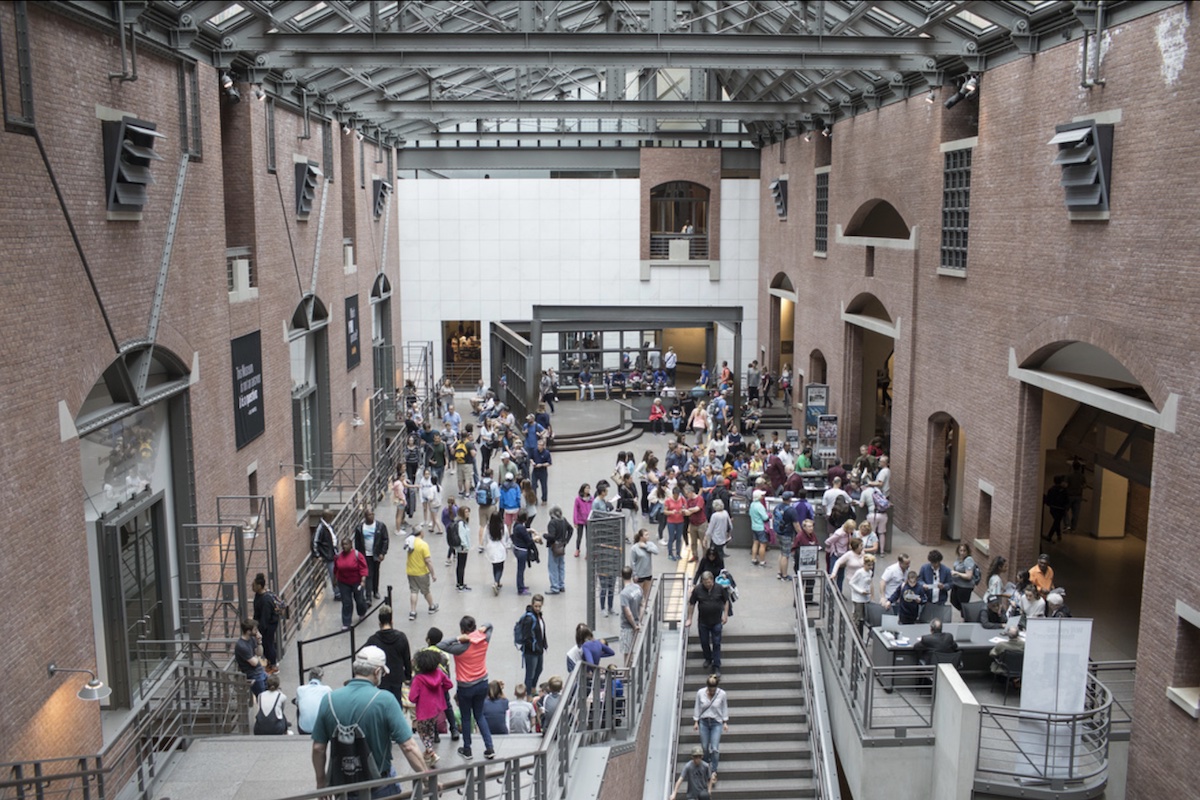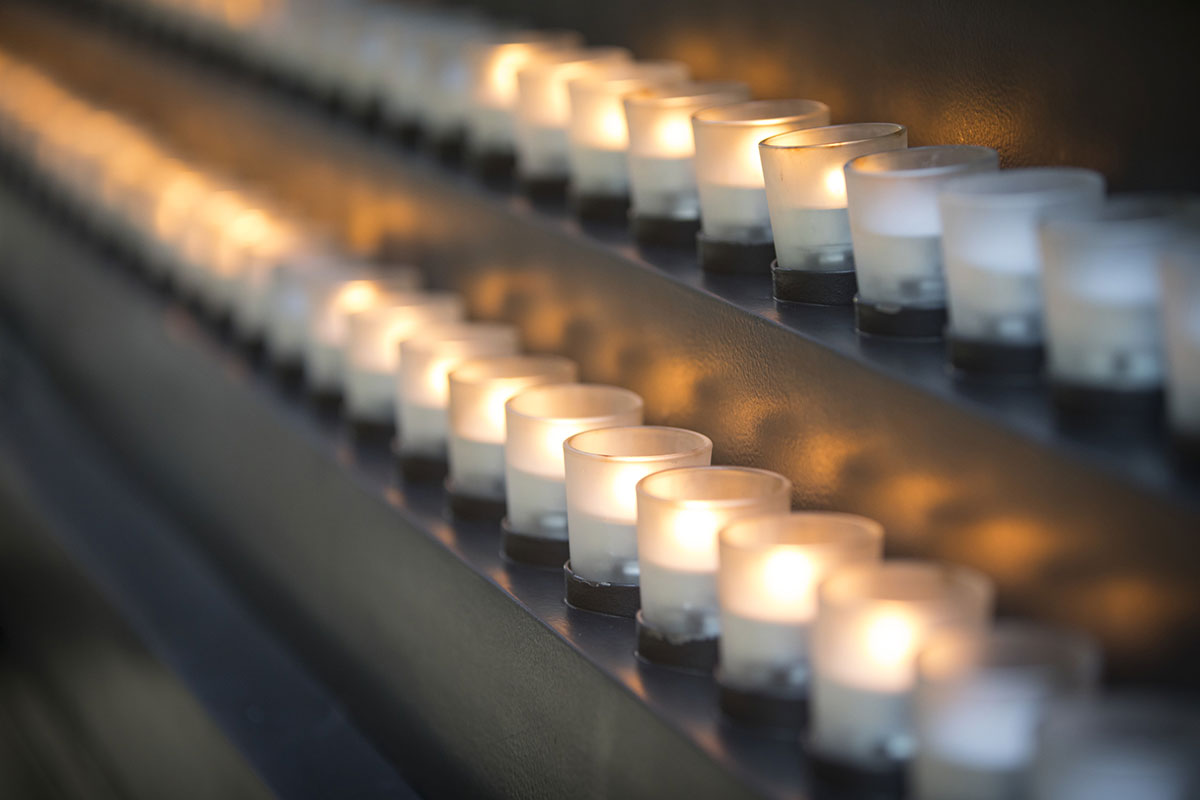
Our Plan
Our nation and the world have changed dramatically since the Museum opened. We must respond to these challenges by ensuring the truth and the relevance of the Holocaust for new generations worldwide. Our role is crucial and our Strategic Plan is the roadmap.
America’s National Memorial to the Holocaust
Thirty years ago, the United States Holocaust Memorial Museum opened its doors as a new kind of educational institution.
The decision to create it came at a time when public awareness of the Holocaust was growing and Holocaust survivors and World War II veterans were beginning to share more about their experiences. A march by the American Nazi Party in Skokie, Illinois, where many survivors had settled after the war, was a shocking reminder that the lessons of the Holocaust had yet to be learned.
Elie Wiesel and a dedicated group of survivors and civic leaders joined with the US government in a public-private partnership to create the Museum. Despite significant skepticism, together they made a powerful case for why a living memorial to the victims of the Holocaust—an educational institution to stand as a permanent reminder of the fragility of democracy and the vulnerability of human nature—belonged on the National Mall among our other monuments to freedom. While their vision prevailed, the outcome was certainly not a given.
When the Museum opened in 1993, visitors came in droves. More than 47 million have visited to date, including over 100 heads of state and visitors from all 50 states and almost every country. What they saw for themselves was evidence that the unthinkable was possible—even in an advanced, democratic society like Germany with many of the protections societies have developed to safeguard individual rights and freedoms.
The Challenges of a Complex World
As we mark the Museum’s 30th anniversary, we cannot be complacent about its future. While the founders faced a daunting task, ours is no less challenging—and increasingly urgent.
Our nation and the world have changed dramatically since the Museum opened. Fewer truth tellers are among us. Fewer Holocaust survivors and World War II veterans remain. Fewer Americans have connections to Europe or the war. Fewer young people are studying history and civics, which are so essential in a democracy. These changes are happening just as antisemitism on the far right and far left is on the rise. Neo-Nazis and white supremacists have grown in influence, and racism remains an enduring scourge. Conspiracy theories, misinformation, and abuse of the Holocaust to advance other agendas—all are taking hold, as social media and the internet amplify their impact, relentlessly undermining the truth.
Even in the very lands where the Holocaust happened, some governments and influential individuals deny or distort the truth of the Holocaust—a disturbing shift from what had been the trend to honestly confront this history. And, despite our nation’s and the world’s vow of Never Again in the aftermath of Nazi Germany’s attempt to annihilate European Jewry—ultimately killing two out of every three—the threat of genocide around the world continues.
As the eyewitness generation passes and the truth of the Holocaust is increasingly under attack, we must respond to these challenges by protecting the truth and ensuring the relevance of the Holocaust for new generations worldwide. The Museum’s federal status, international stature, global reach, deep expertise, and broad public trust make it uniquely suited to pursue these bold aspirations.


